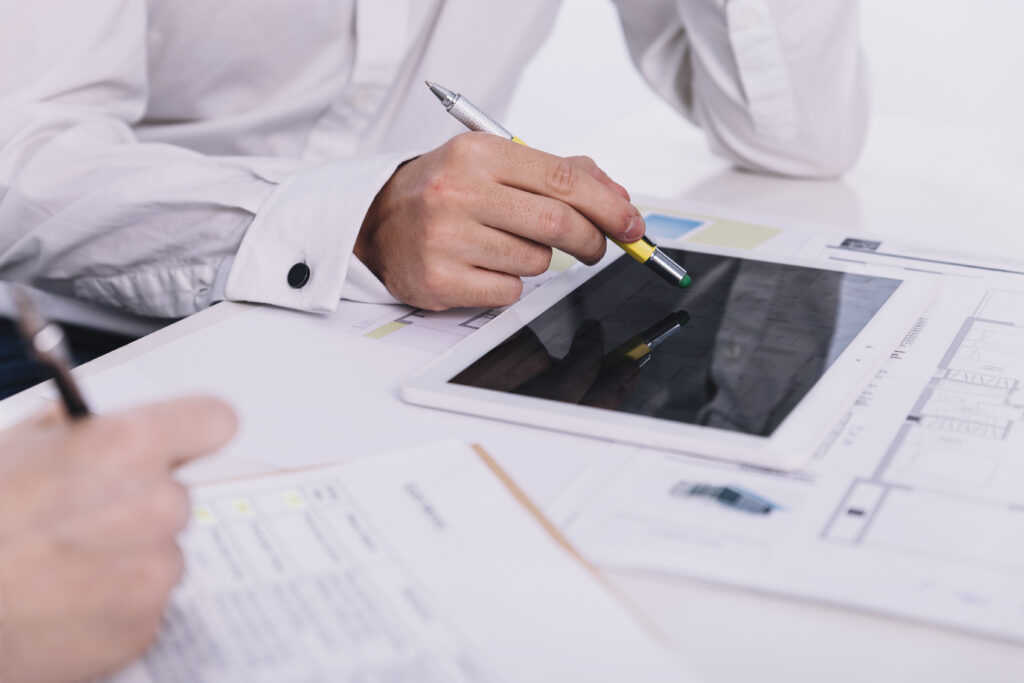In industries where precision matters — such as oil and gas, water treatment, pharmaceuticals, and food processing — flow meters play a vital role in monitoring and controlling fluid movement. These devices ensure that fluids like water, chemicals, oil, and gas are measured accurately, which is critical for both operational efficiency and regulatory compliance. Over time, however, flow meters can lose accuracy due to wear and tear, contamination, or mechanical faults. This is where flow meter repair and calibration become essential.
This article explores the importance of flow meter repair and calibration, methods involved, best practices, and how regular maintenance can help businesses avoid costly errors.
What Is a Flow Meter?
A flow meter is an instrument used to measure the flow rate of liquids or gases through a pipeline. Different types of flow meters are used depending on the fluid type, flow conditions, and desired level of accuracy. Some of the common types include:
- Electromagnetic Flow Meters
- Ultrasonic Flow Meters
- Turbine Flow Meters
- Coriolis Flow Meters
- Vortex Flow Meters
- Differential Pressure Flow Meters
Each of these has unique features and is suited for specific industrial applications. Regardless of type, all flow meters require periodic servicing to maintain optimal performance.
Why Repair and Calibration Are Essential
1. Maintaining Accuracy
Over time, flow meters can drift out of calibration due to aging components, environmental factors, or buildup of residue. Even minor inaccuracies can lead to major discrepancies in billing, dosage, or production output.
2. Ensuring Compliance
Regulatory bodies in many industries require regular calibration of measurement instruments, including flow meters. A poorly calibrated meter can result in non-compliance, leading to fines or shutdowns.
3. Cost Efficiency
Malfunctioning meters can cause wastage of raw materials, product recalls, or unnecessary downtime. Timely repairs can prevent expensive consequences and ensure continuous, reliable operations.
4. Extending Equipment Life
Routine repair and calibration can prolong the life of flow meters by addressing issues before they become severe, helping businesses save on premature replacements.
Signs Your Flow Meter Needs Repair or Calibration
- Inconsistent readings or fluctuations in flow data
- Display errors or failure to register flow
- Visible wear or damage to sensors or wiring
- Increased energy consumption or inefficiencies
- Regular deviations from expected output
When these signs are detected, immediate inspection is necessary.
Flow Meter Calibration: Step-by-Step
Calibration is the process of comparing the flow meter’s readings to a known reference and adjusting it to match the standard. Here’s how the process typically works:
1. Inspection and Pre-Check
The flow meter is visually inspected and functionally tested. Any physical damage or electronic faults are documented before calibration begins.
2. Setup with Calibration Rig
The meter is installed on a calibrated test rig (either gravimetric or volumetric). These test rigs are often traceable to national or international measurement standards.
3. Measurement and Comparison
Fluids are passed through both the flow meter and the reference standard. The readings from both are compared across multiple flow rates.
4. Adjustment
If discrepancies are found, the meter’s internal parameters are adjusted either mechanically or via software.
5. Documentation
A calibration certificate is issued that includes test data, error margins, and traceability information. This is crucial for audits and quality assurance.
Flow Meter Repair: Common Issues and Fixes
Depending on the type of flow meter, common repair tasks include:
- Sensor Replacement: Worn-out sensors may give erratic readings.
- Cleaning Internal Parts: Accumulated debris or scaling can obstruct flow paths.
- Circuit Board Repairs: Faulty electronics may cause display or signal issues.
- Seal and Gasket Replacement: Essential for leak prevention and pressure maintenance.
- Firmware Updates: Some digital meters require software patches for optimal functioning.
Professional repair services often include diagnostic testing, component replacement, and recalibration to ensure the meter returns to full accuracy.
In-House vs. Third-Party Calibration
Many large companies invest in in-house calibration facilities, while others prefer outsourcing to certified third-party labs. The choice depends on factors like volume of equipment, in-house expertise, and compliance needs.
Third-party labs often provide:
- ISO/IEC 17025 accredited calibration
- Traceability to international standards (like NIST or NABL)
- On-site calibration services
- Detailed documentation for regulatory compliance
Best Practices for Flow Meter Maintenance
- Regular Calibration Schedule: Follow manufacturer recommendations or industry norms (usually once a year).
- Record Keeping: Maintain detailed logs of all calibrations and repairs.
- Proper Installation: Incorrect alignment or vibration can affect accuracy.
- Environmental Protection: Shield meters from dust, moisture, and temperature extremes.
- Training: Ensure staff are trained to identify and report flow meter issues promptly.
Conclusion
Flow meter repair and calibration are critical to industrial operations where precision is key. Without regular calibration and timely repairs, even the most advanced flow meters can become liabilities. By investing in professional repair and calibration services, businesses can improve operational accuracy, ensure compliance, and protect their bottom line.
Whether you’re running a chemical plant, a water treatment facility, or a food processing unit, maintaining your flow meters is not just good practice — it’s a necessity. Ensure your equipment operates at peak efficiency by partnering with trusted calibration experts and keeping your measurement systems in top condition.


